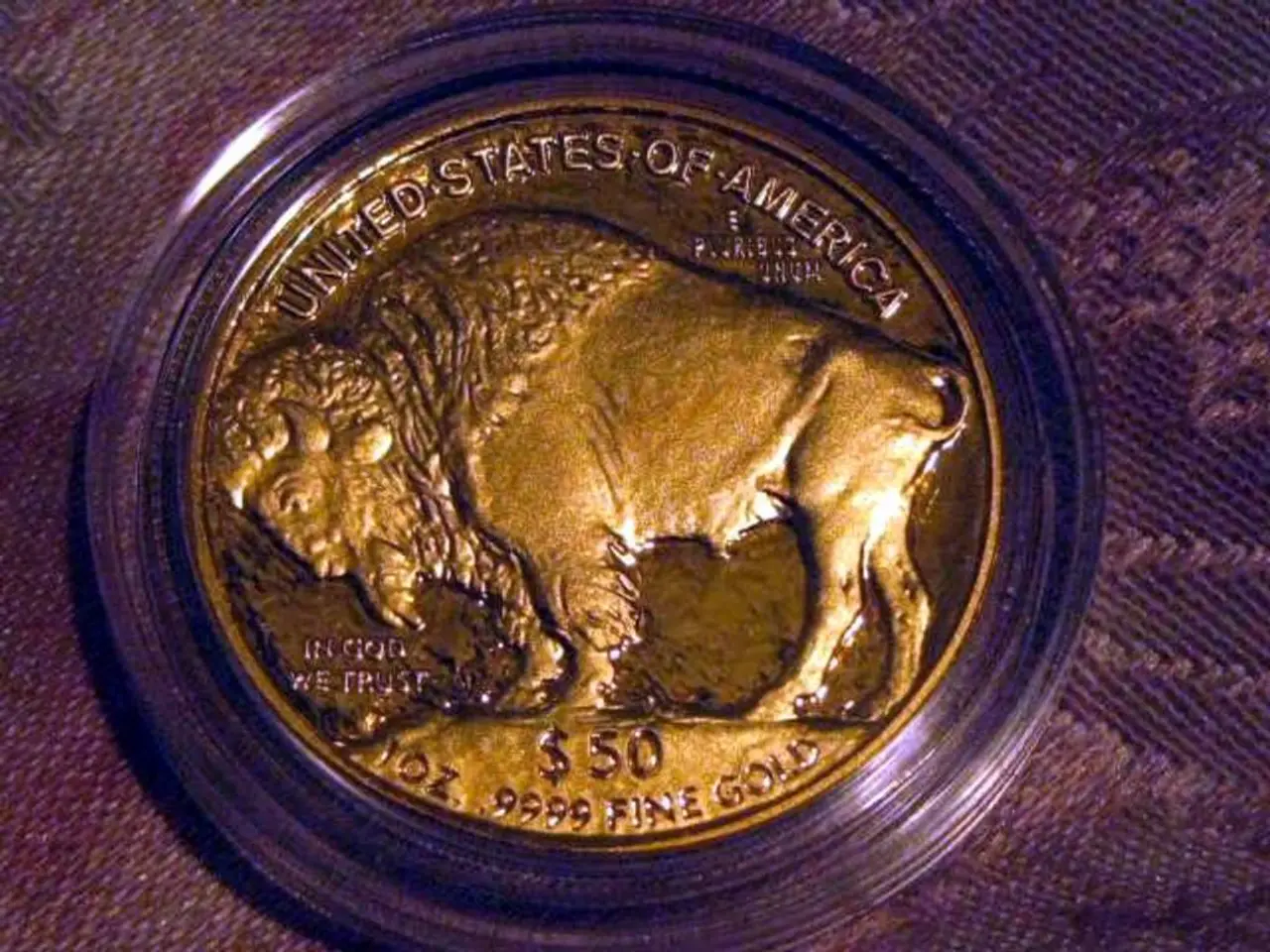From Cradle to Capital: How Henrietta Green's Quaker Upbringing Shaped Her Wall Street Empire
Stingy Titan of Wall Street: The Rise of Hetty Green as the Wealthiest Woman in History
Born on November 21, 1834, in New Bedford, Massachusetts, Henrietta Howland Robinson was a product of her wealthy Quaker upbringing. Her father, Edward Robinson, initially disappointed by the birth of a daughter, later recognized her business acumen and mathematical prowess, wanting her to take care of their family's property.
Living with her aunt Sylvia and grandfather Gideon Howland, a Quaker and a successful entrepreneur in the whaling industry, Henrietta's childhood exposed her to financial reports, accounting tomes, and financial news discussions around the family table. Humbled by poor eyesight, her grandfather could not read reports and documents related to the family business independently, so six-year-old Hetty would meticulously read him crucial information every day. This experience provided her with an invaluable business education that would later propel her to financial success.
Henrietta's frugal lifestyle was shaped by her Quaker roots, emphasizing modesty, self-restraint, and practicality — values that would become the cornerstones of her philosophy. While her peers played with dolls, Henrietta absorbed herself in financial newspapers, deciphering the numbers and strategies that would eventually become commonplace in her adulthood.
In New York City, Henrietta enters the exclusive world of finance, employing her sharp business acumen and daring investment decisions to construct a formidable fortune through railroads, real estate, and government bonds. As "The Witch of Wall Street," she leverages her Quaker roots, conditioning herself to maintain a frugal lifestyle and accumulate wealth steadily, granting her an edge in the male-dominated world of finance.
Investing in Her Future: Building a Dynasty
At 21, Henrietta married Edward Green, but she refused to relinquish control of her fortune. Her financial independence enabled her to manage her wealth as she saw fit, a decision essential to her continued success and growth of her fortune.
Hetty Green's development as a savvy investor never wavered. She constantly sought opportunities to augment her wealth while maintaining a frugal lifestyle, driven by her Quaker principles and sensibilities. As a result, she acquired a substantial sum during the Bank Panic of 1907 when she loaned New York $1 million, using short-term bonds as collateral.
Today, Henrietta Green's legacy remains a testament to her extraordinary financial prowess while embodiment of her prudent, strategic, and resourceful approach to finance. Estimated to be worth between $3-6 billion, her fortune has transcended generations and continues to flourish in the modern era.
Henrietta Green, drawing upon her Quaker upbringing and early exposure to business and personal finance, utilized her sharp acumen to break into the exclusive world of finance in New York City. She amassed her wealth through strategic investments in railroads, real estate, and government bonds, earning the moniker "The Witch of Wall Street."
Maintaining her financial independence was crucial for Henrietta, as it allowed her to make decisions concerning her wealth without relinquishing control to others. Her refusal to give up control of her fortune at the age of 21 set the foundation for continued success and growth in her investments.
Over time, Henrietta's prudent financial practices and shrewd investing decisions led to a substantial fortune, which she leveraged during the Bank Panic of 1907 by loaning New York $1 million with short-term bonds as collateral. Today, her legacy endures as a model for wealth management, with her estimated net worth of between $3-6 billion still thriving in the modern era, evidence that her wise investments continue to impact future generations.




